THE UNCONTAMINATED NATURAL POOLS OF THE FARMA
DISTANCE FROM THE ESTATE 800 M (ideal on foot, on horseback and by bike)
(ideale a piedi, a cavallo e in bici)
ITHE FARMA STREAM, WHICH RUNS AT THE FOOT OF THE TENUTA SAN GALGANO, AT THIS MAGICAL PLACE, CREATES SPECTACULAR WATERFALLS AND NATURAL POOLS CHARACTERIZED BY A HIGH-LEVEL BIODIVERSITY HOUSE. The area is beautiful and the environment is unspoiled.
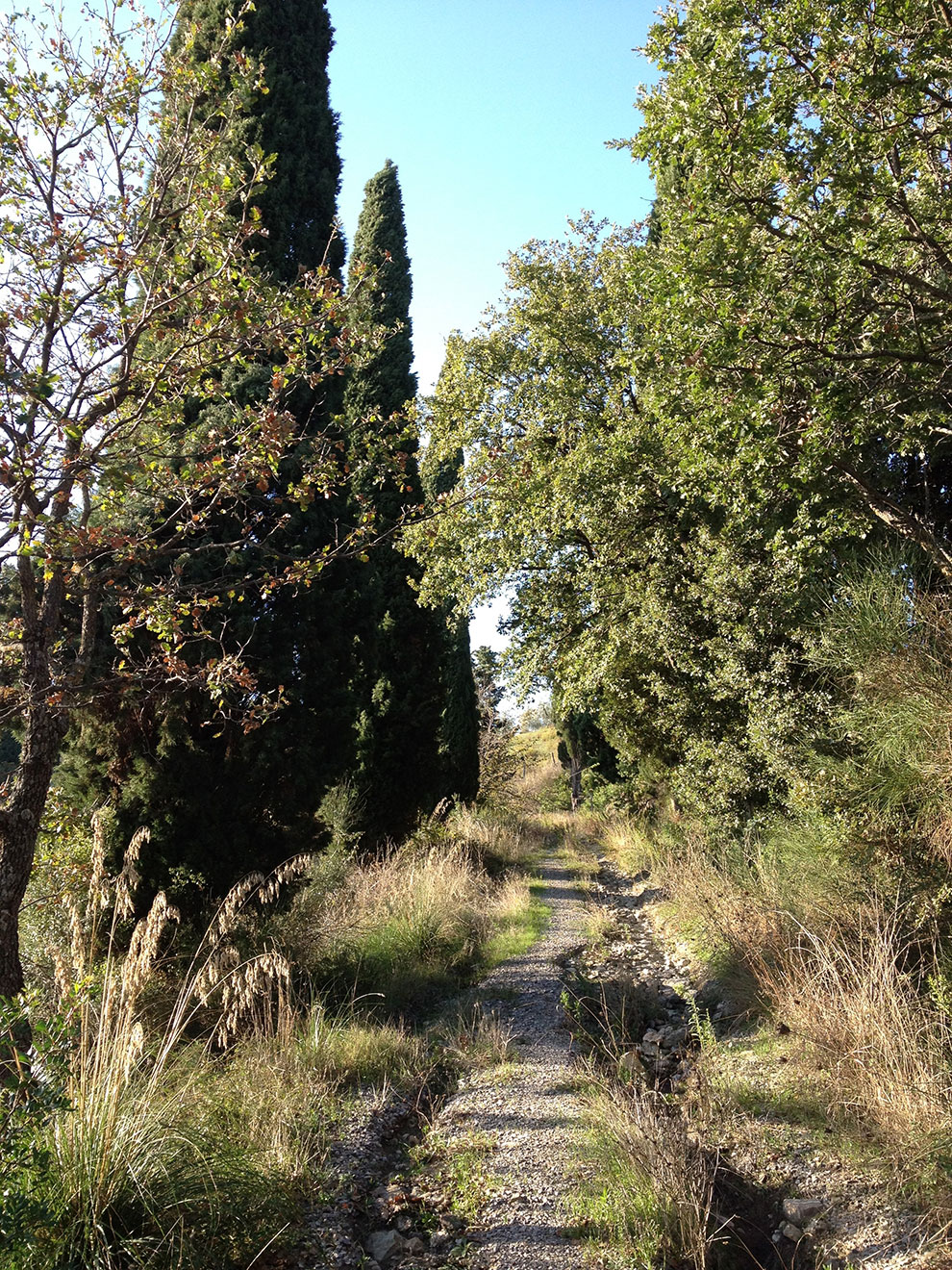
THE EMOTION OF WALKING ON THE ANCIENT VIA ETRUSCA
DISTANZA DISTANCE FROM THE ESTATE 4 KM (ideal on foot and on horseback)
A few meters from the estate there is an ancient artery that crosses the nearby Pietra Natural Reserve. It was built by the Etruscans and was then exploited and enlarged, like many others, by the Romans, with innovative construction techniques. He was born to connect Lucumone to the Tyrrhenian sisters.
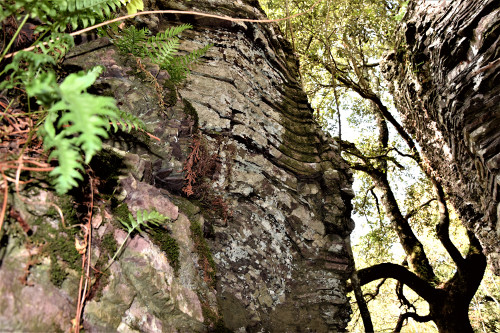
THE QUARRY OF THE NEANDERTHAL MAN
DISTANCE FROM THE ESTATE 4 KMInside the Natural reserve of Stone you can find this suggestive and incredible place
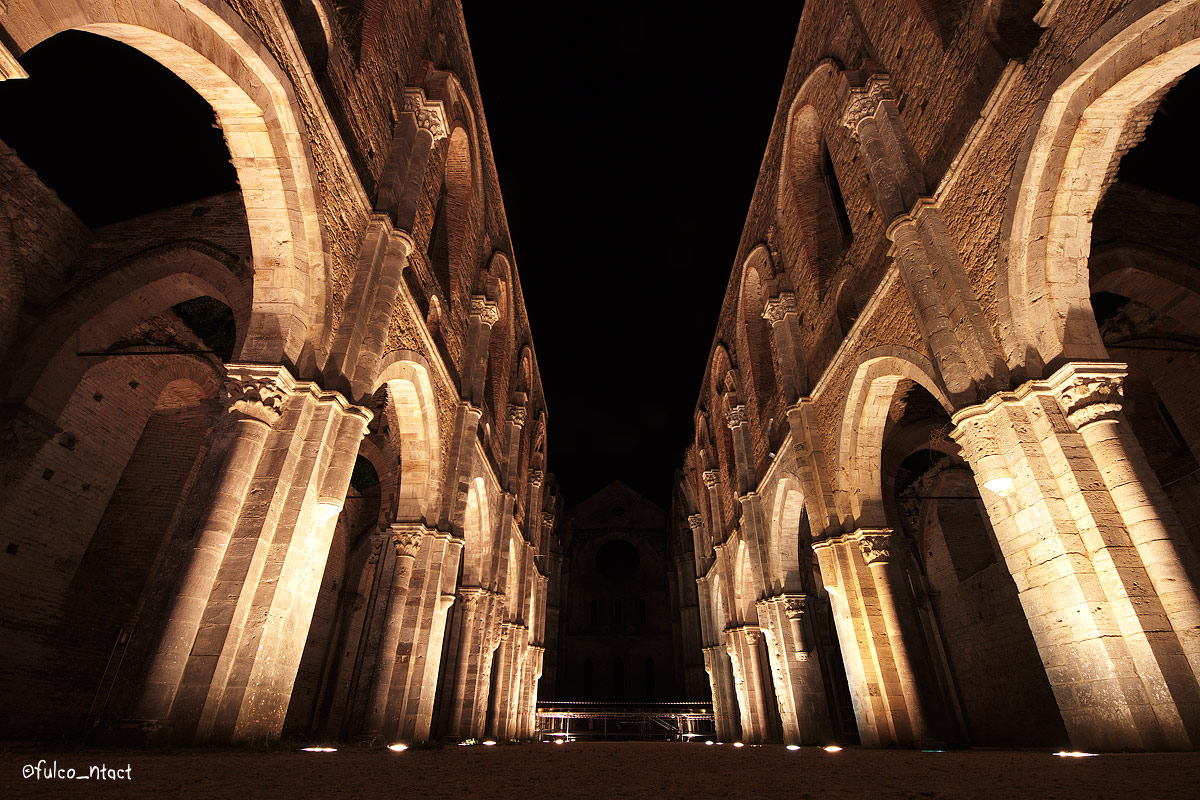
THE ABBEY OF SAN GALGANO AND THE SWORD IN THE ROCK
DISTANCE FROM THE ESTATE 10 KM
The abbey of San Galgano dates back to 1218 and is an imposing structure in the Gothic style and is really a glance for those who meet it for the first time, both for the isolation and therefore the sacredness it emanates, and for the particularity of not having cover, a feature that makes it even more similar to pagan temples (even if the cover was removed later) because it is a sacred element in contact with the surrounding nature. It conveys a unique feeling for those lucky enough to stop at night (the ticket office closes for this reason very late, around 11.00 pm), being in a church and having a starry sky as a cover is not something found in every corner of the earth . It is really worth it.
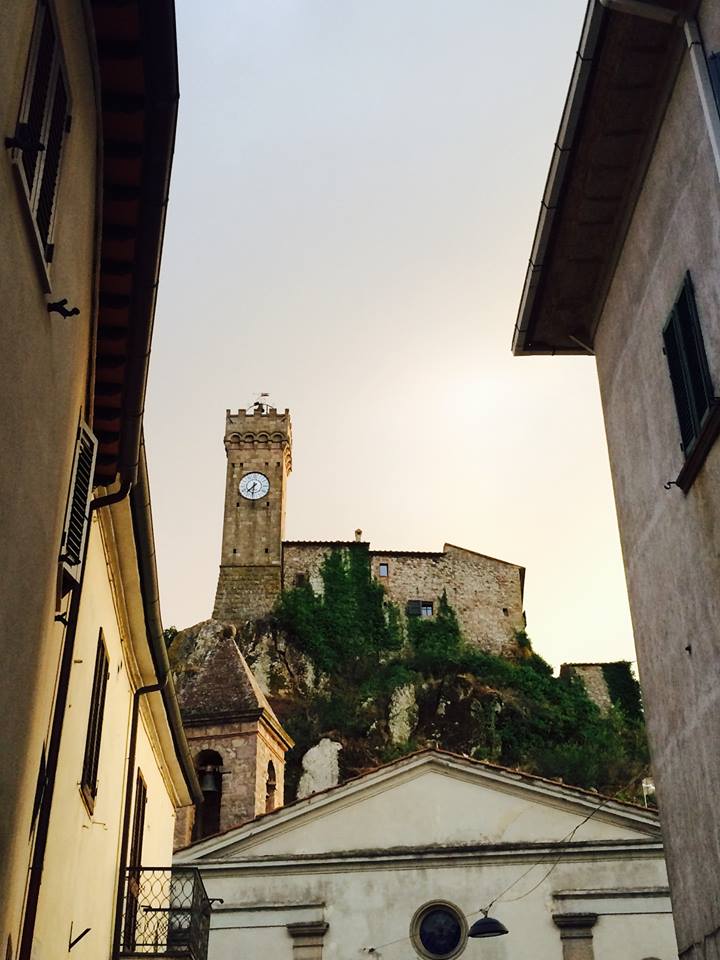
ROCCATEDERIGHI AND ITS FAMOUS MEDIEVAL FESTIVAL
DISTANCE FROM THE ESTATE APPROXIMATELY 20 KM
Origins. Roccatederighi is the ancient Rocca Nossina mentioned in a document dated 29 August 1110 in which a Rinaldo di Tederigo appears. The name of Roccatederighi, starting from 1239, would then derive from the dominant family of the Tederigi. Middle Ages. In 1294 the lords of the Rocca began to sell their shares of property and rights to this castle to the Municipality of Siena; the last sale was concluded in 1323, when Tora di Bolgaruccio wife of Boccio d'Inghiramo, count of Biserno, sold the remaining part of the castle including the mines. In the first half of 1300 Roccatederighi belonged completely to Siena which then donated it in 1369 to the Salimbeni family. Here Niccolò Salimbeni identified its headquarters by judging it in an ideal position to control the Val di Merse. The dominion of the Salimbeni lasted until their fall, in 1404, when the representatives of the Municipality of the Rocca concluded a pact of submission to Siena which freed them definitively from the Salimbeni. Expression of the newfound freedom was then the drafting of the first Statute, in 1406, reformed and improved in 1452.
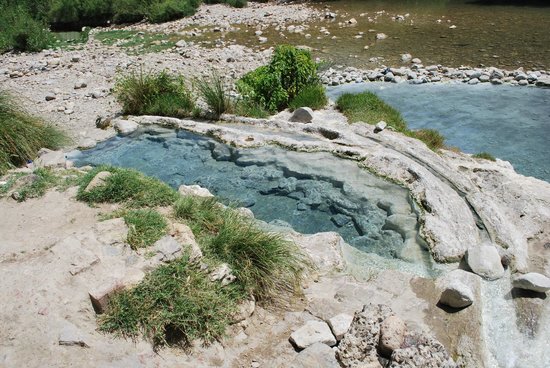
THE FORTIFIED PETRIOLO BATHS
DISTANCE FROM THE ESTATE APPROXIMATELY 25 KM
In Siena, in a landscape of amazing beauty, a millenary source of health gushes out. From the source located on the bank of the Farma stream, a water rich in salts flows at a temperature of 43 degrees, with multiple therapeutic properties recognized since Roman times and which have remained unchanged to this day.
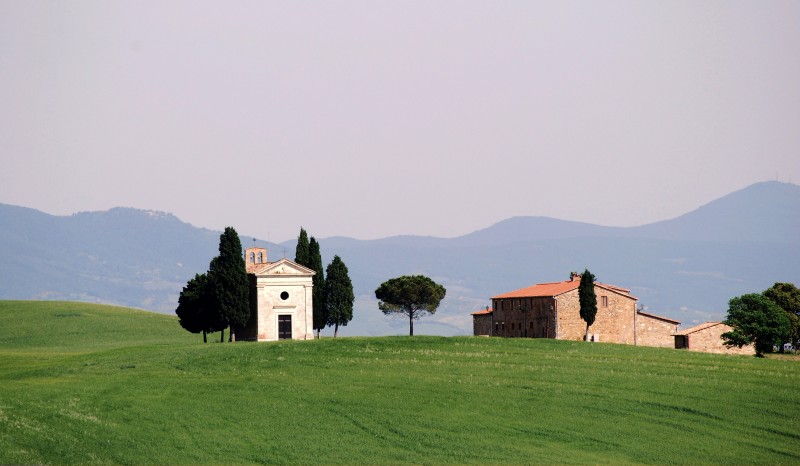
VAL D'ORCIA
DISTANCE FROM THE ESTATE APPROXIMATELY 25 KM
Val d'Orcia is a large valley located in Tuscany, in the province of Siena, north and east of Mount Amiata and close to the border with Umbria. Crossed by the river Orcia in the center, which gives it its name, it is characterized by pleasant landscape panoramas and by various medieval towns, two of which are well known as Pienza and Montalcino.
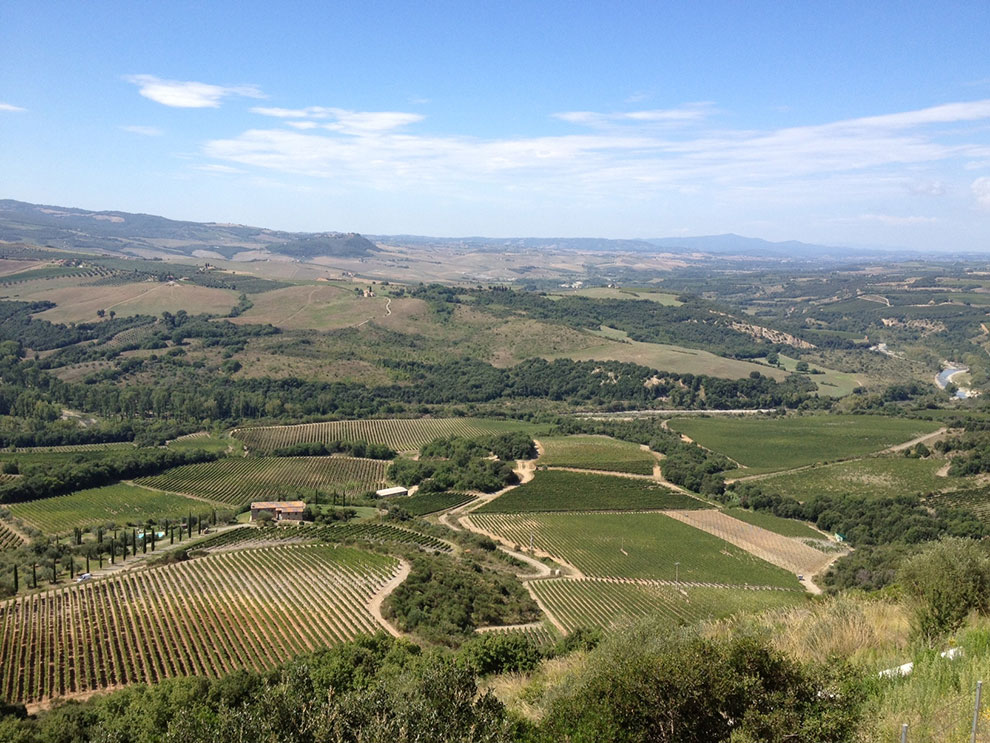
MONTALCINO "LA PATRIA DEL BRUNELLO"
DISTANCE FROM THE ESTATE 25 KM
Montalcino is a place known for the production of Brunello wine. It is located in the territory north-west of Monte Amiata, up to the end of the Val d'Orcia, on the administrative border with the province of Grosseto. Like many of the medieval villages of Tuscany, Montalcino lived long periods of rhythm and that visited the inhabitants a certain prosperity. This peace and prosperity, however, was interrupted by a series of extremely violent episodes. During the late Middle Ages it was still an independent municipality of considerable importance due to its location on the old Via Francigena, the main road between France and Rome, but in time Montalcino enters the orbit of the powerful Siena. Come a satellite of Siena, at the time of the Battle of Montaperti 1260, Montalcino was deeply involved in the conflicts in which Siena was also involved, in particular in those with the city of Florence during the 14th and 15th centuries. Like many other cities in central Europe and northern Italy, the city has also been involved in the intestine struggles between the Ghibellines (supporters of the Holy Roman Empire) and the Guelphs (supporters of the Papacy). The factions of the two sides control the city at different times at the end of the medieval period. in Montalcino. But in the end Montalcino also entered a distant part of the Grand Duchy of Tuscany until the Unification of Italy 1861.
Text taken from Wikipedia.org
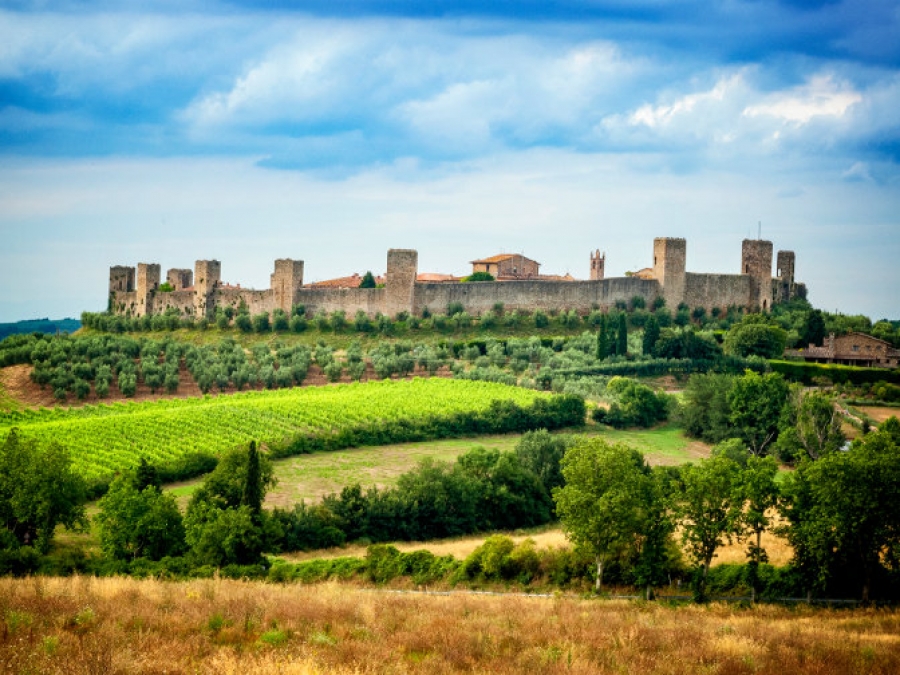
THE TERRITORY OF CHIANTI, FAMOUS ALL OVER THE WORLD
DISTANCE FROM THE ESTATE 25 KM
Seen from a hill, and the hills are not lacking, the silver of the olive trees, the green geometry of the vines, the roads underlined by the cypresses, the yellow gorse at the limits of the structured woods so suggestive and harmonious as to suggest the unity of the inspiring mind. This would be enough to entice anyone to get to know this area, or rather the ideal visit to Tuscany, then start from his heart, precisely Chianti, and then extend to the other best known tourist destinations that surround it, to better understand.
Text taken from Wikipedia.org
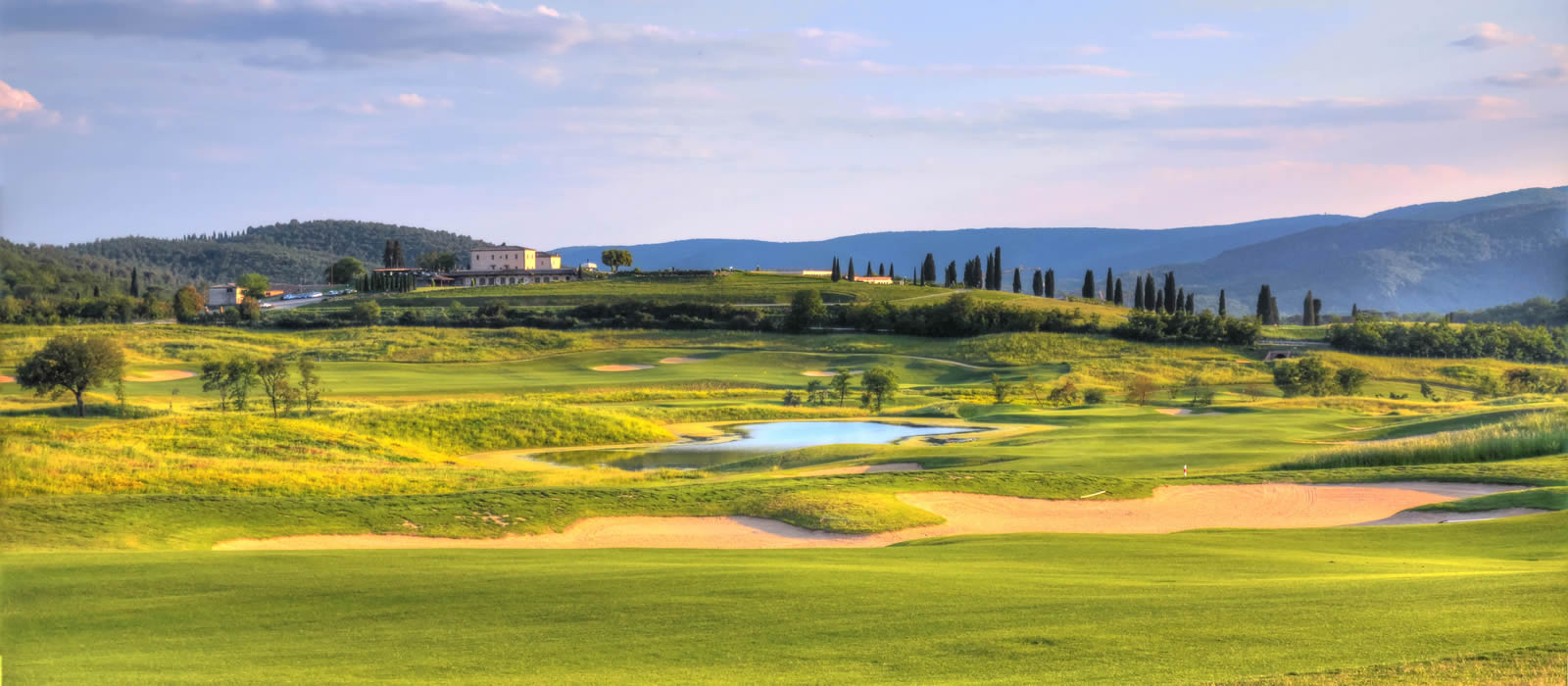
ROYAL GOLF CLUB LA BAGNAIA
DISTANCE FROM THE ESTATE 25 KM
The Royal Golf La Bagnaia course is the first 18-hole Tuscan course designed by the famous architect Robert Trent Jones, Jr. It is a Par 71 6,101 meters long which covers an area of 120 hectares, perfectly harmonized in the context of the gentle Sienese hills. The Tuscan morphology represents a typical example of Inland Links, which refers to the Scottish Highlands with its Rough that sways in the wind. The course is embellished with suggestive lakes and a majestic Club House, from which it is possible to enjoy an exclusive view of all the 18 holes and the towers of Siena. Playing on this course is made unique and exciting not only by the skill of Trento Jones but also by the incredible views of nature and the medieval city of Siena that reserves every hole.

HIS MAJESTY SIENA, NOBLE CITY
DISTANCE FROM THE ESTATE 35 KM
The city is universally recognized for its huge historical, artistic and landscape heritage and for its substantial stylistic unity of medieval urban furniture, as well as for the famous Palio. For these merits, in 1995 its historic center was awarded by UNESCO of the title of World Heritage Site. The city is home to Banca Monte dei Paschi di Siena, founded in 1472 and therefore the oldest bank in operation and the longest-running in the world.
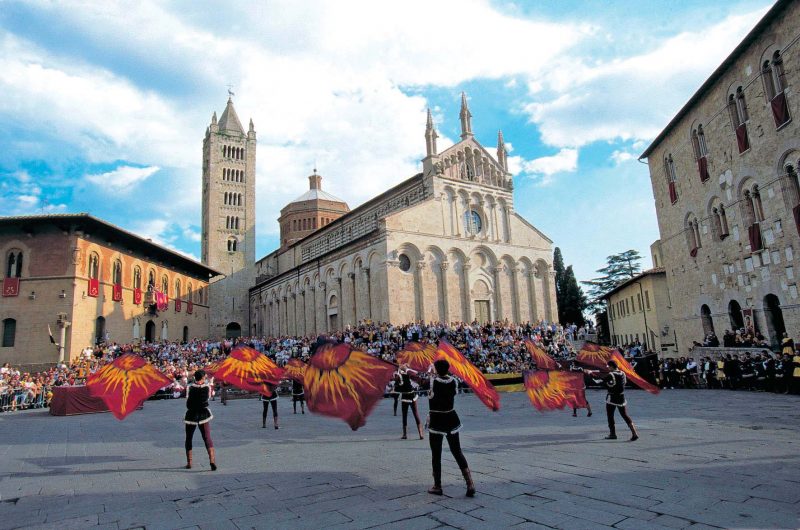
MASSA MARITTIMA
45 MINUTES FROM THE ESTATE
The territory around Massa Marittima was inhabited both in prehistoric and protohistoric times, as evidenced by numerous finds dating from the Paleolithic to the Bronze Age, among which we remember those of Pianizzoli, Valmora, Le Tane and Vado all'Arancio. Etruscan settlements were instead found in the area of the Accesa lake and beyond (Campo al Ginepro, Macchia del Monte, Poggio Corbello, Poggio Castiglione [9], Podere Nuovo and Valpiana) datable over a long period of time ranging from the IX to the fifth century BC Further proof of the existence of a probable settlement in the place where today Massa Marittima stands roughly is given by the Res Gestae of Ammiano Marcellino, where a Massa Veternensis is cited as the birthplace of Costanzo Gallo, grandson of Constantine, perhaps attributable to the locality of Massa Vecchia.
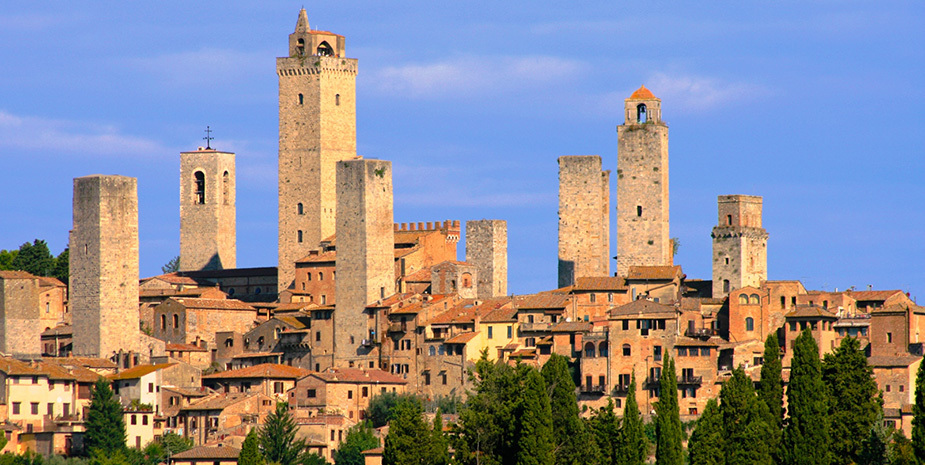
SAN GIMIGNANO... THE MEDIEVAL NEW YORK
1 HOUR FROM THE ESTATE
The medieval town, which today attracts thousands of tourists from all over the world, is almost identical to medieval San Gimignano. The effect for those who come from the Tuscan hill and see the shape of the country suddenly appear is simply exciting.
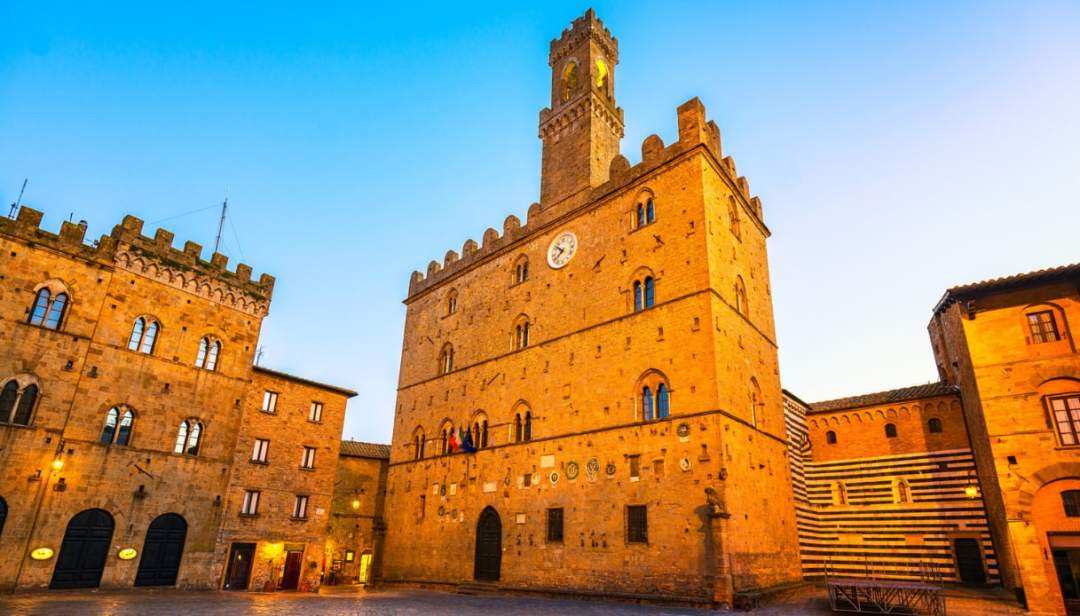
VOLTERRA, ETRUSCAN CITY, BETWEEN ALABASTER AND VAMPIRE...
1 HOUR FROM THE ESTATE
The city, famous for the extraction and processing of alabaster, was one of the main city-states of ancient Tuscany (Etruria), was the seat in the Middle Ages of an important episcopal lordship that had jurisdiction over most of the Tuscan hills. Today it preserves a remarkable historical center of Etruscan origin. The city, famous for the extraction and processing of alabaster, was one of the main city-states of ancient Tuscany (Etruria), was the seat in the Middle Ages of an important episcopal lordship that had jurisdiction over most of the Tuscan hills. Today it preserves a remarkable historical center of Etruscan origin. A few years ago, thanks to the work of Stephenie Meyer, Volterra has also become the city of vampires. It is here that the writer set part of her saga, Twilight, placing the ancient seat of a vampire council in Volterra, moving from the "New World" to the "Old Continent".
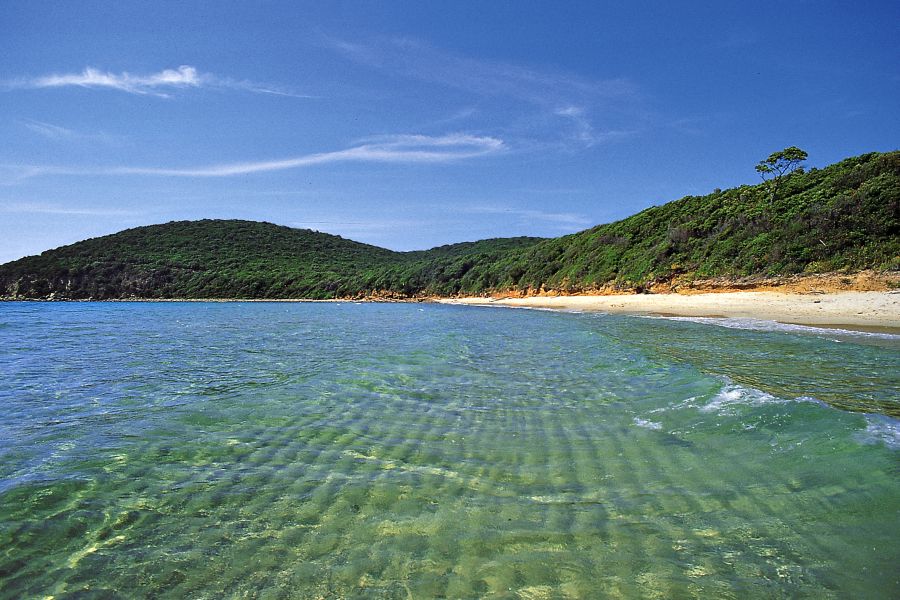
THE WONDERFUL SEA OF CALAVIOLINA, PUNTALA AND FOLLONICA
1 HOUR FROM THE ESTATE
Cala Violina is one of the most beautiful beaches of the Maremma, clear sand, crystal clear sea and the unspoiled nature of the natural reserve. Cala Violina beach is located between Follonica and Punta Ala (both about 10 km away), inside the Reserve Natural of the Bandite of Scarlino.
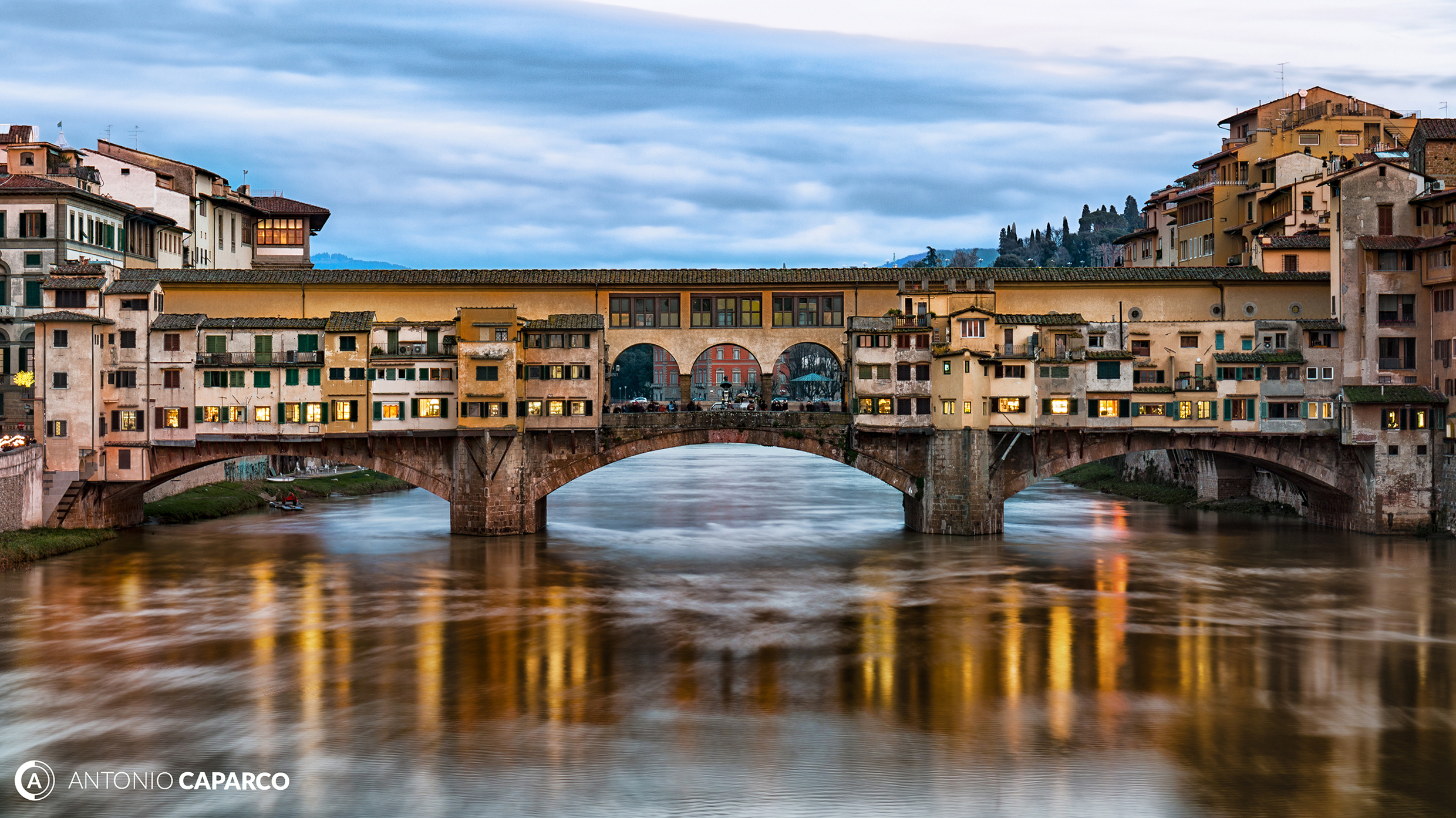
FLORENCE
1 HOUR AND A HALF FROM THE ESTATE
Florence, the capital of Tuscany, is home to many masterpieces of Renaissance art and architecture. One of the most famous places is the Duomo, the cathedral with a tiled dome designed by Brunelleschi and Giotto's bell tower. The Accademia Gallery displays Michelangelo's David sculpture while in the Uffizi Gallery there are Botticelli's Birth of Venus and Leonardo da Vinci's Annunciation.

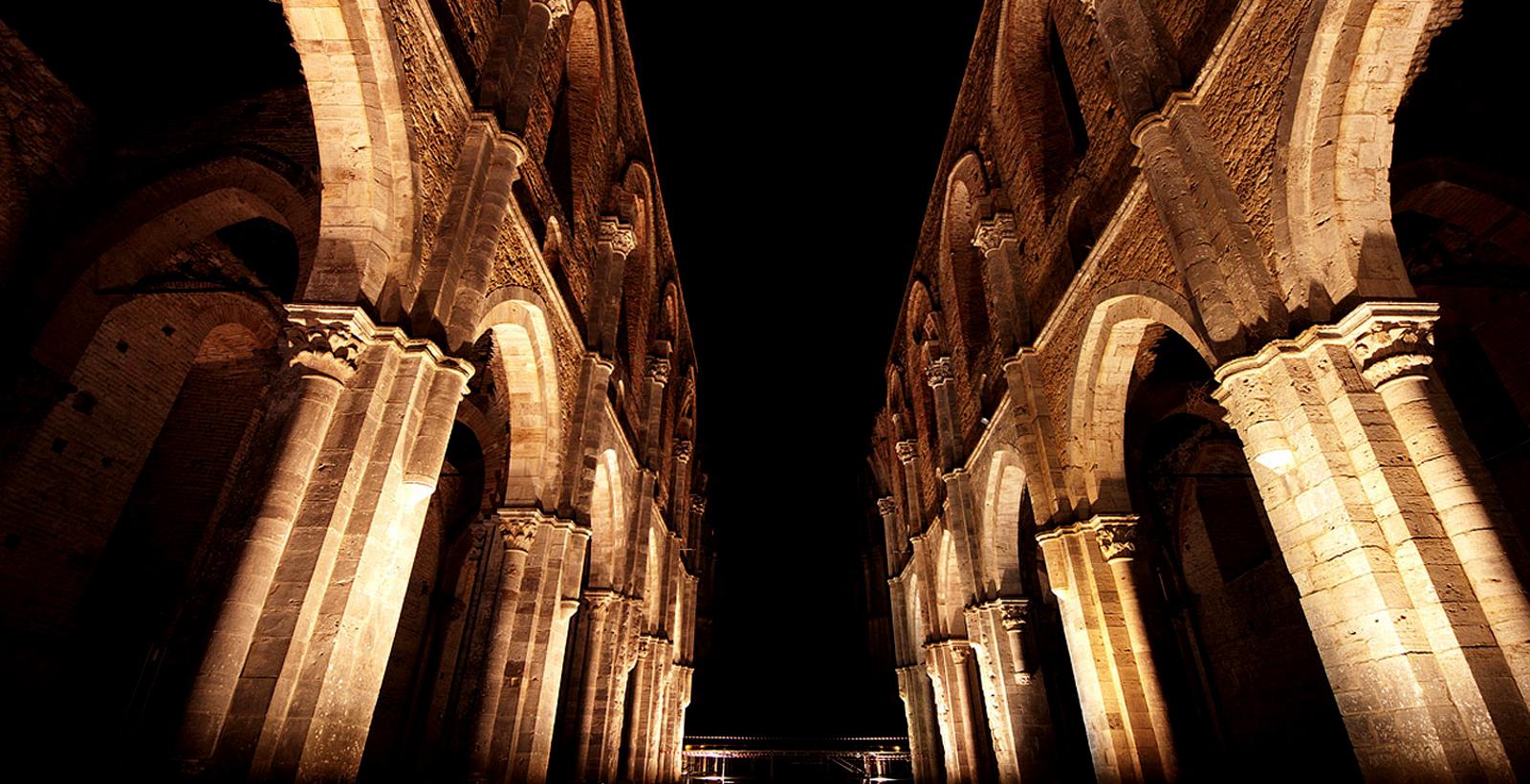



FIND US ON AND
AND 